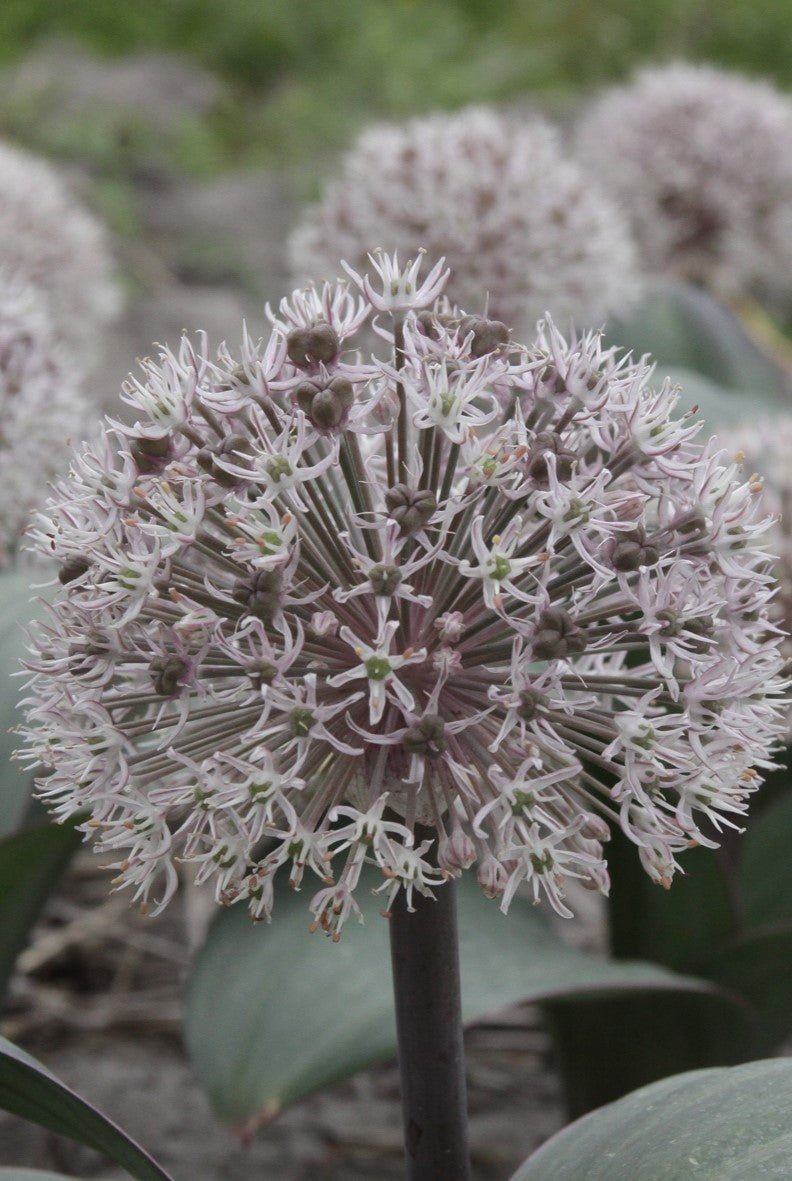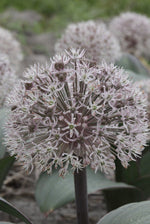
karataviense
About karataviense
Allium karataviense is a compact and eye-catching ornamental onion, perfect for adding bold texture and color to borders, rock gardens, or containers. Its broad, silver-green leaves form a tidy rosette, while soft pink to lavender globe-shaped blooms rise just above the foliage in late spring. This hardy bulb is low maintenance, deer-resistant, and loved by pollinators, making it a smart and stylish choice for any garden.
-
Compact size: ideal for small gardens, patios, and containers
-
Unique foliage: wide, gray-green leaves stay attractive all season
-
Soft pink blooms: globe-shaped flowers appear in late spring
-
Pollinator friendly: attracts bees and butterflies
-
Drought tolerant: thrives in well-drained soil
How to plant and take care of Allium karataviense:
-
Plant bulbs 3-4 inches deep in the fall before the first frost
-
Space bulbs 6-8 inches apart to allow room for leaf growth
-
Choose a sunny spot with well-draining soil
-
Water lightly after planting, then only as needed during dry spells
-
Remove spent blooms to keep plants tidy, but let foliage die back naturally
-
Apply a light bulb fertilizer in early spring for best results
FAQs

